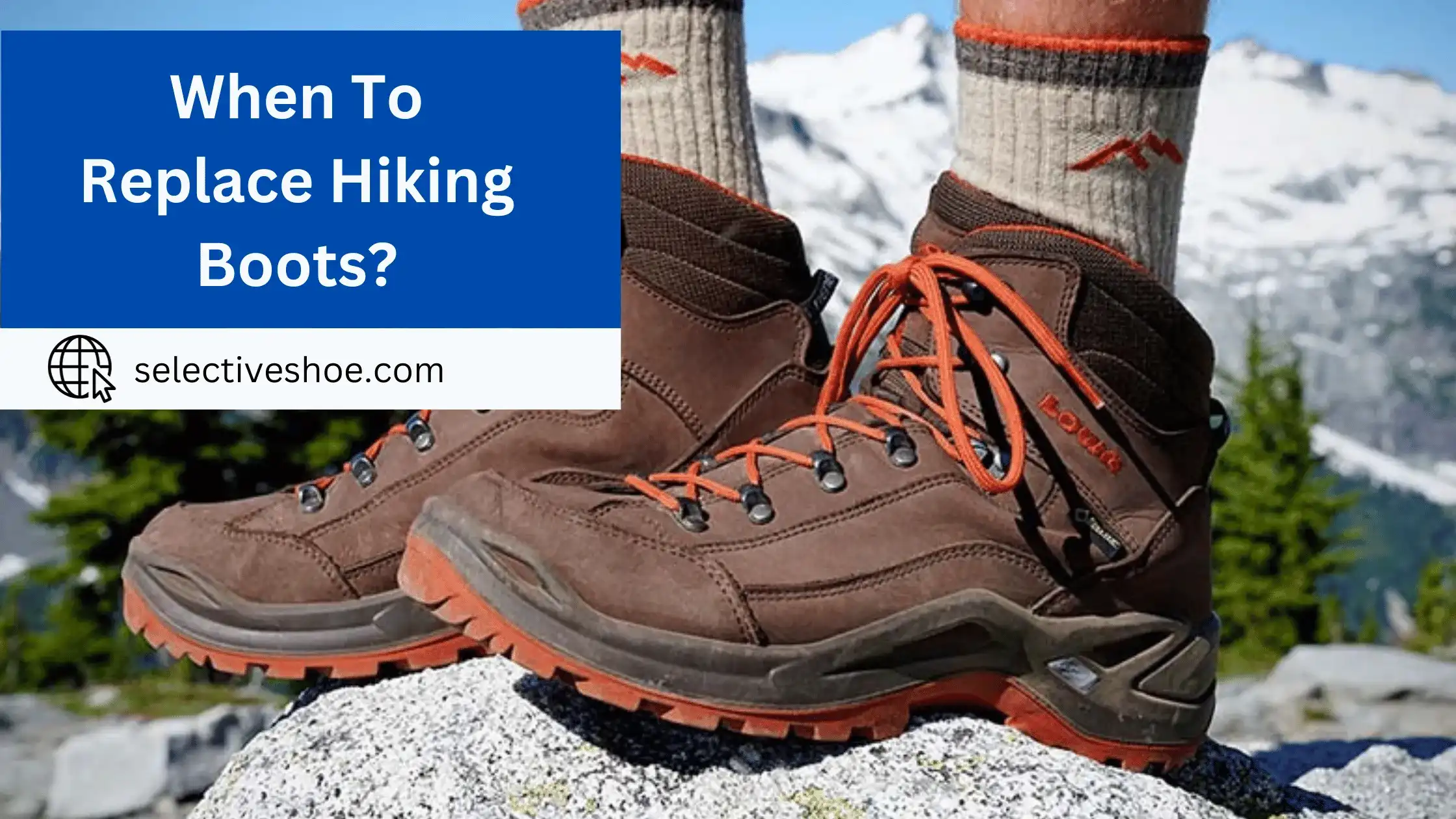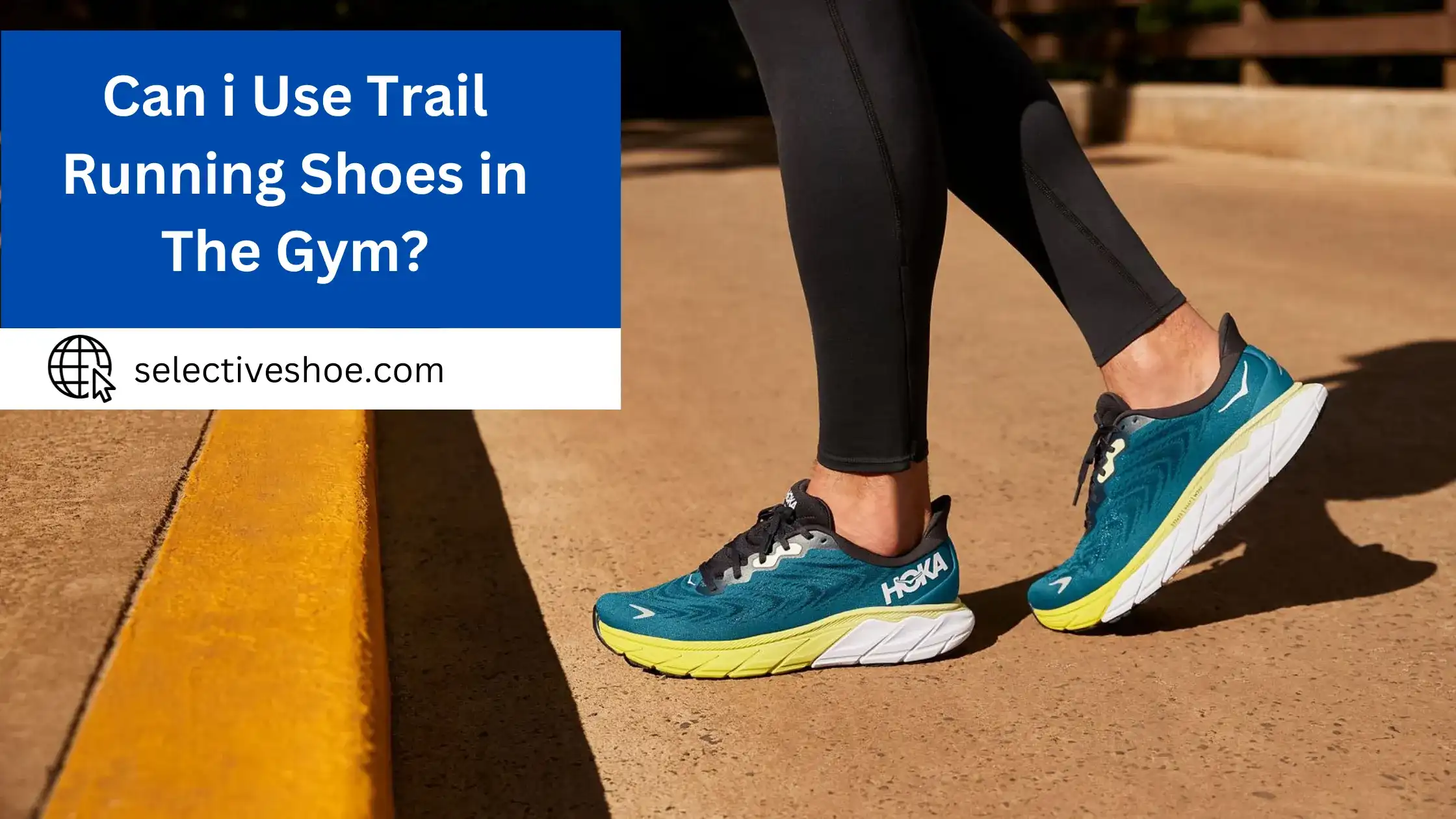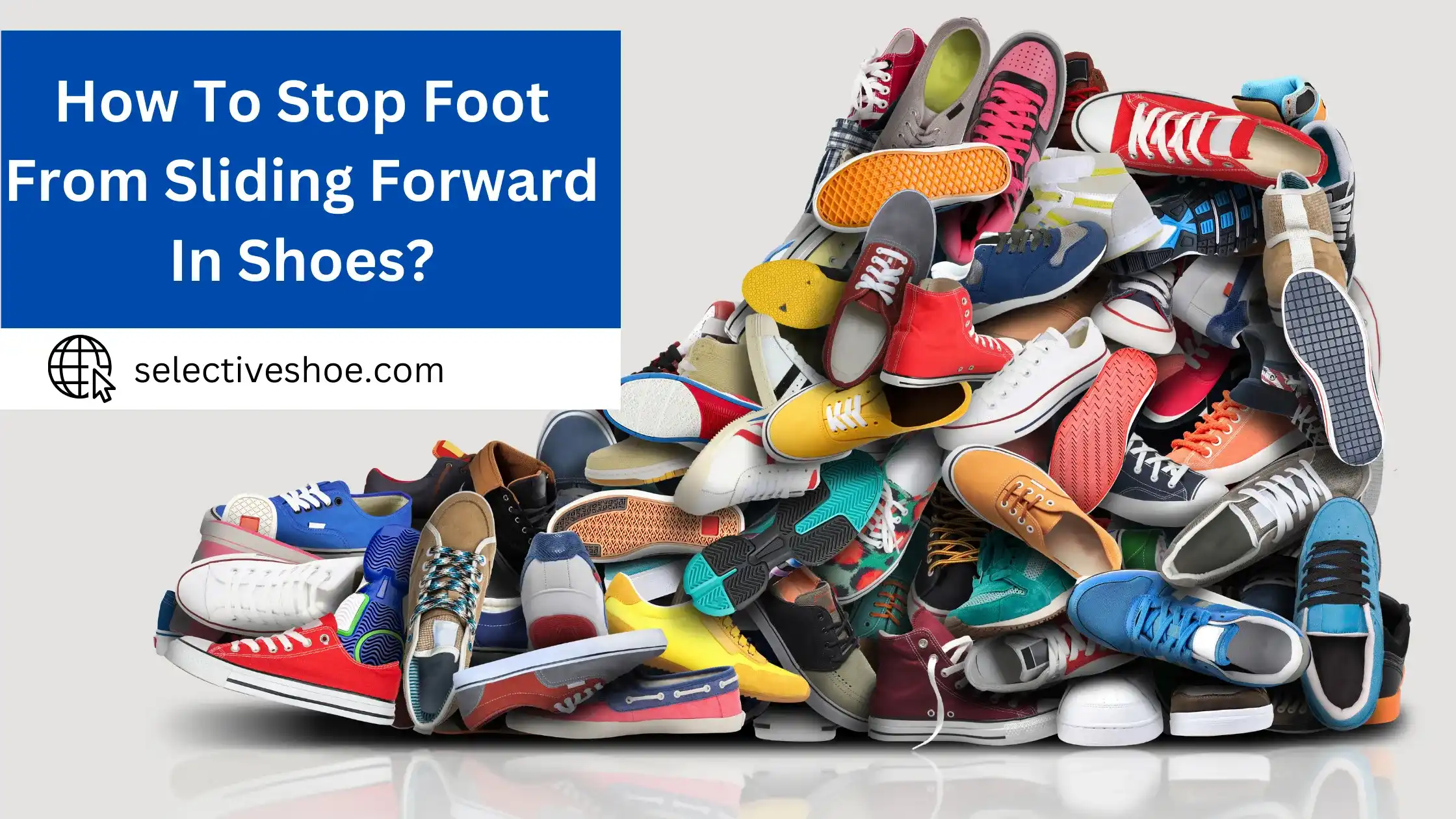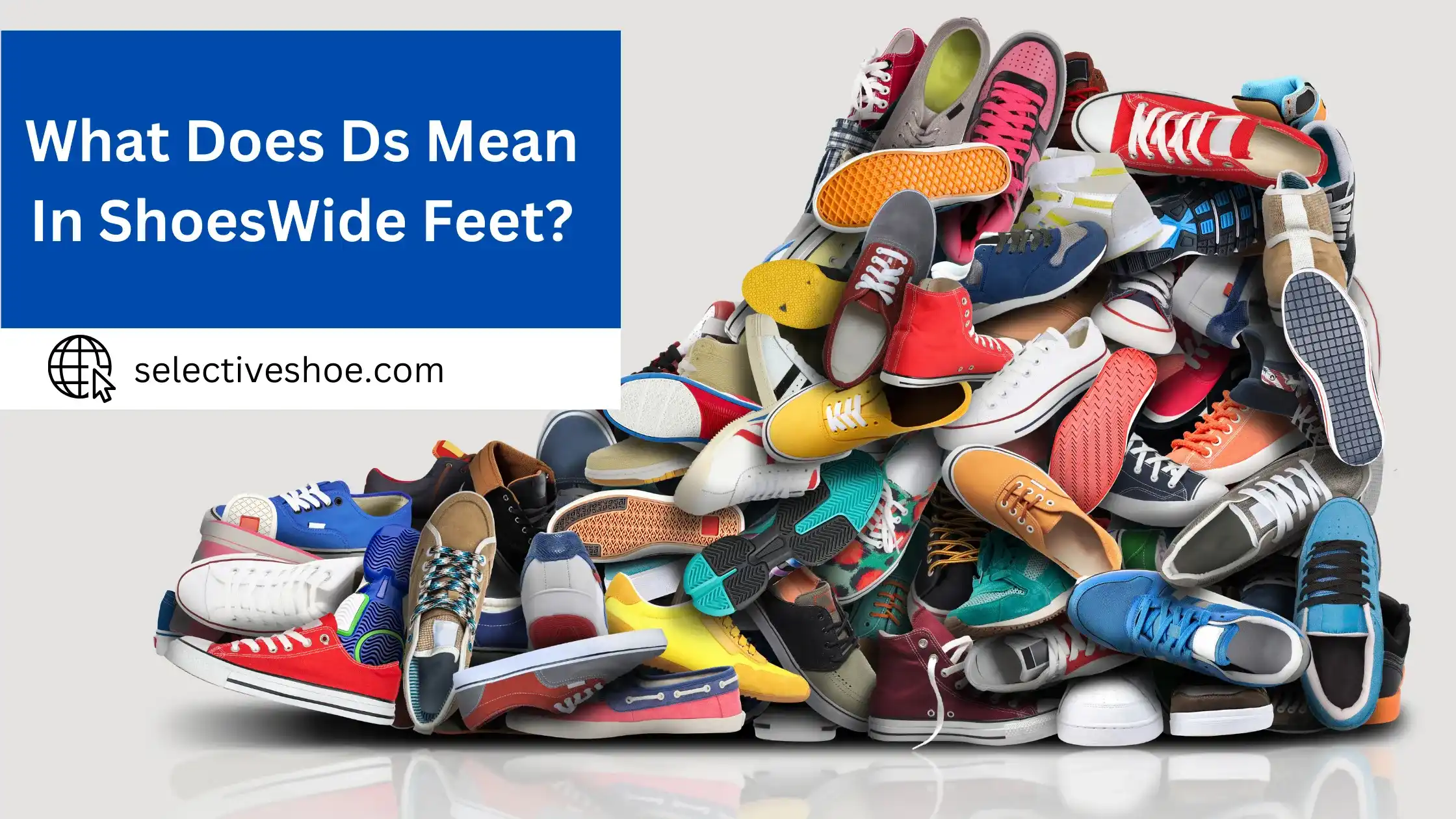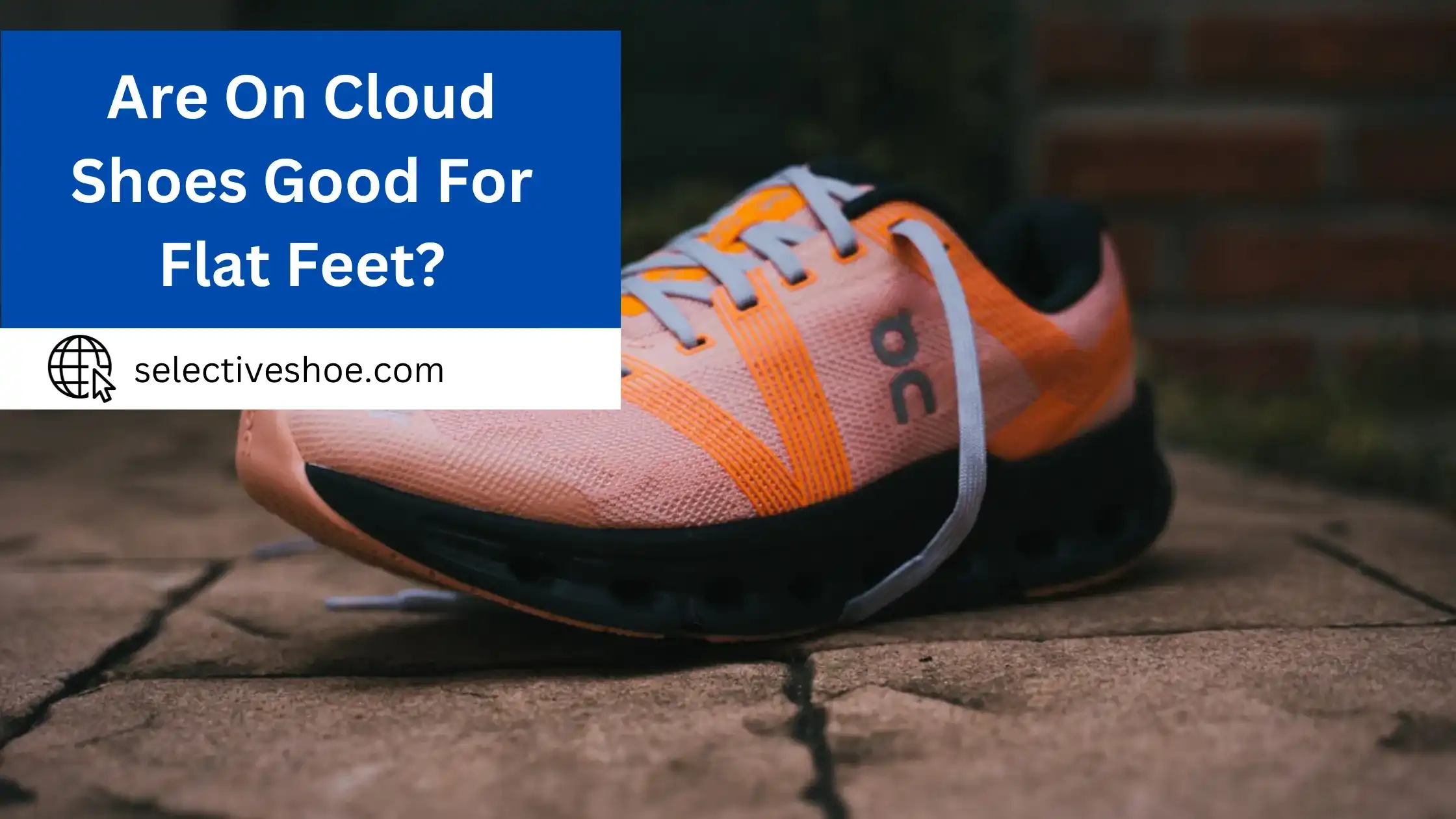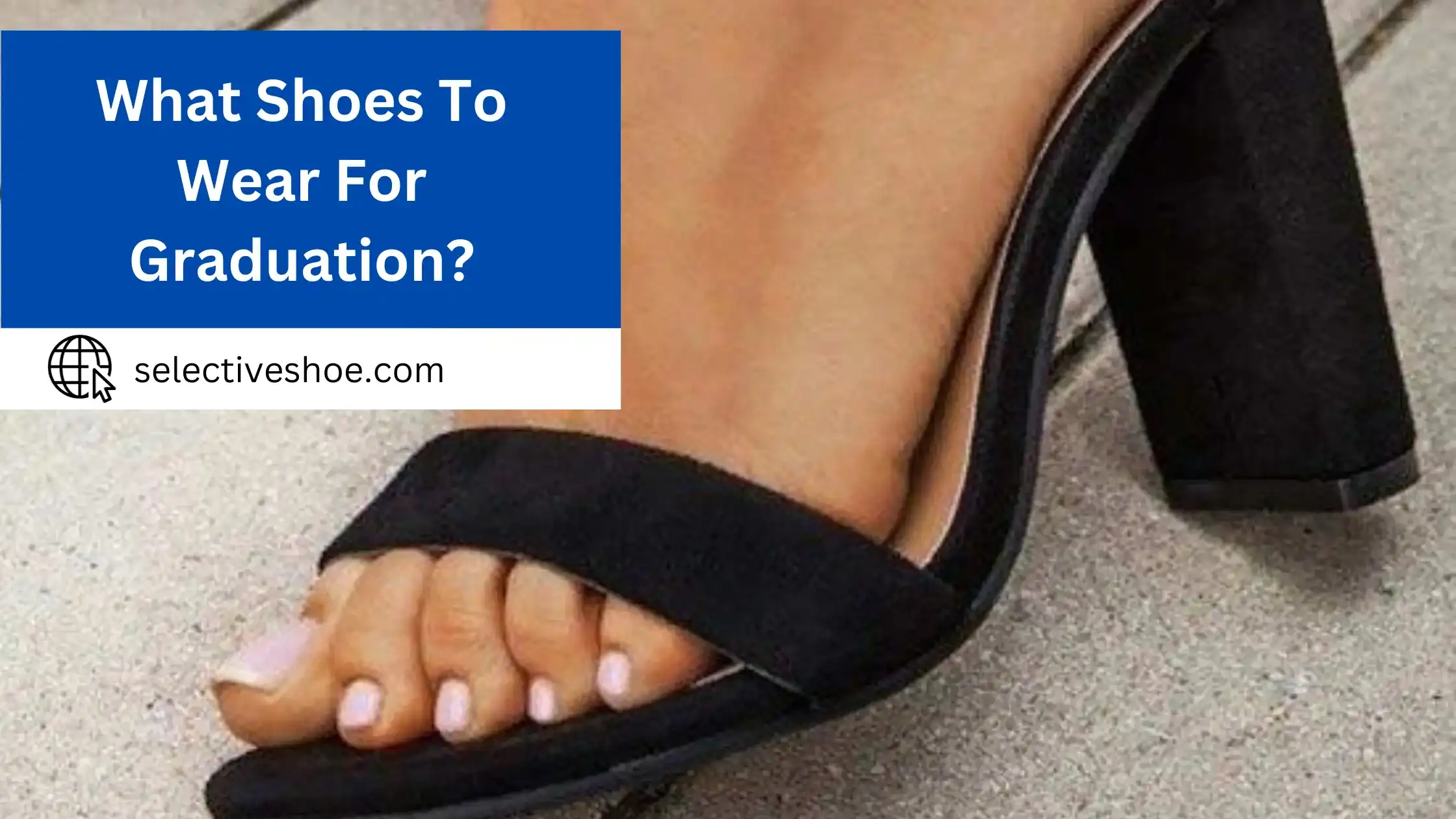I know how it feels to have hiked with poorly-fitting and uncomfortable boots. As a passionate hiker, I remember when my feet felt like they were on fire even after just a few hours of being outdoors.
After going through that experience one too many times, I finally understood why finding the right pair of hiking boots is so important having the proper fit can make all the difference in enjoyment when spending time in nature!
To prevent this kind of discomfort from happening to you, read on for my guide about learning exactly when it’s time to replace your hiking boots.
Signs Of Wear And Tear: When Should You Consider Replacing Your Hiking Boots?
Over the years, I’ve come to appreciate the importance of reliable gear, especially when it comes to hiking boots. I will share my personal experiences and provide you with essential guidelines on when to consider replacing your hiking boots.
Sole Degradation:
One of the first signs of wear and tear that I’ve encountered with my hiking boots is sole degradation. A worn-out sole compromises grip and traction, increasing the risk of slips or falls on challenging terrains.
Cushioning Breakdown:
During my hikes, I rely on the cushioning in my boots to absorb the shock and provide comfort. However, after extensive use, I noticed that the cushioning inside my boots began to deteriorate.
Upper Material Damage:
Over time, I’ve experienced tears, cracks, and even delamination in the upper material of my boots. Once the upper starts to show significant damage, it loses its ability to keep your feet dry and protected. Wet hikes and uncomfortable rubbing are sure signs that it’s time to retire your boots.
Structural Integrity:
Hiking boots are subjected to extreme conditions, and their structural integrity can be compromised over time. I’ve encountered instances where the seams began to come undone or the boot started to lose shape. If you notice any visible signs of structural damage, it’s crucial to replace your boots before they fail you during a hike.
Comfort And Fit: How Uncomfortable Boots Can Signal A Need For Replacement?
Uncomfortable boots shouldn’t be taken lightly, as they can act as warning signs that it’s time for a replacement. Here are a few indicators to look out for:
Pain And Discomfort:
Any discomfort, such as blisters, pressure points, or general pain while walking, is a clear sign that your boots are not providing the necessary comfort and support.
Lack Of Cushioning:
If you can feel every pebble and uneven surface beneath your feet, it’s likely that your boots lack proper cushioning, which can lead to foot fatigue and discomfort.
Poor Fit:
Boots that are either too tight or too loose can cause a myriad of issues. Tight boots can compress your feet and lead to circulation problems, while loose boots can cause friction and blisters.
Decreased Support:
Over time, the support in your boots may deteriorate, resulting in less stability and increased strain on your feet and ankles.
Remember, our feet deserve to be treated with care and comfort. Ignoring the discomfort caused by worn-out boots can lead to more serious foot problems in the long run.
Treading Lightly: Assessing The Tread On Your Hiking Boots
Recently, I faced a challenging situation wherein my hiking boots As an avid hiker, I’ve encountered my fair share of challenging terrains and unpredictable weather conditions.
Now, whenever I purchase a new pair of hiking boots, I prioritize assessing the tread. Here are a few tips I’ve learned along the way:
Inspect Regularly:
I take a close look at the tread of your boots after each hike. Look for any signs of wear and tear, such as smooth areas or shallow grooves. This will help you identify if it’s time for a replacement or repair.
Check Depth:
Then, I measure the depth of the tread using a ruler or a specialized tread gauge. The deeper the tread, the better the traction. If the depth falls below the recommended minimum, it’s time to consider a replacement.
Consider Terrain:
Different hiking trails require different tread patterns. If you frequently encounter muddy or slippery surfaces, opt for boots with deep, aggressive lugs. For smoother terrains, boots with shallow lugs may be sufficient.
Seek Professional Advice:
If you’re uncertain about assessing the tread on your boots, consult a knowledgeable hiking gear expert. They can provide valuable insights and recommendations based on your specific needs.
Waterproofing Woes: When Your Hiking Boots Can’t Keep Water Out
As a hiking enthusiast, I have faced many challenges on the trail. From steep inclines to rugged terrains, I have always relied on my gear to protect me in the great outdoors.
I remember a particularly wet hiking trip where I had to ford a stream. I was confident that my boots, which had been advertised as waterproof, would keep my feet dry. However, to my dismay, I found myself with soggy socks and blistered feet soon after crossing. Despite being labeled as waterproof, my boots had failed me.
The key to waterproofing is in the construction of the boot. Boots that are completely waterproof are made with a waterproof membrane that is sandwiched between the outer layer and the inner lining of the boot.
Another factor that can affect the waterproofing of your boots is how often you use them and how well you maintain them. Over time, the waterproof membrane can wear down, and the boots can develop cracks or holes that allow water to seep in. It’s important to regularly clean and condition your boots to maintain their waterproofing capabilities.
Choosing Your New Pair: Tips For Selecting The Right Replacement Hiking Boots
Here are some key points for selecting the right replacement hiking boots. This is based on my personal experience as a hiker:
- Every hiking trail is unique and requires different kinds of boots. I wore lightweight boots for a rocky trail and ended up with sore feet. I learned that for such terrains, a boot with good ankle support and cushioning is essential.
- Boots should be snug but not too tight. I once made the mistake of buying boots that were slightly big, thinking they’d be more comfortable. I learned to always try on boots with the same socks I plan to hike in and to test them by walking around.
- I experimented with various materials and found that synthetic boots worked best for me they were light, dried quickly, and were relatively affordable.
- Don’t embark on a long hike with new boots. Break them in first with shorter walks. I learned this the hard way when I wore new boots on a day-long hike and ended up with painful blisters.
- Investing in a high-quality pair can save you money in the long run. I once bought a cheap pair of boots that fell apart halfway through a hike. I had to finish the trek in discomfort and then buy a new pair anyway!
I’ve faced several challenges while choosing hiking boots and learned from each mistake. I’ll share these experiences and tips in my upcoming posts to help you avoid similar pitfalls.
Conclusion:
Replacing your hiking boots is a difficult but necessary part of the hiking lifestyle. I know it can be hard to part with an old pair, but sometimes a new set of shoes can make all the difference in completing a successful excursion. From personal experience, I have learned that it’s better to replace my hiking boots before a significant hike rather than take a chance on an old pair not being able to last throughout the whole hike. To get the most out of your outdoor experiences, make sure you’re always prepared with reliable gear!
